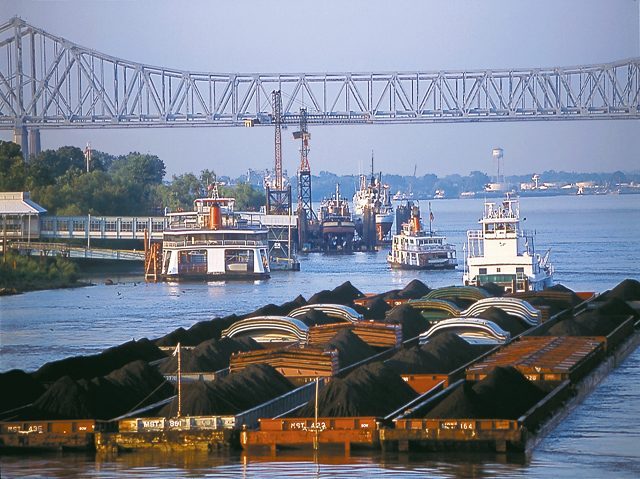Coal is the largest commodity in barge movement volume, but demand continues to drop as coal plants are replaced by those using natural gas, and pipelines come on line to serve electricity plants that were previously served by barges. The U.S. Energy Information Administration (EIA) predicts that coal will suffer more, with coal dropping from 24% to a 13% share of the U.S. power grid over the next three decades.
Coal-carrying barge lines have tried to diversify their business, covering open top barges to be used in covered service and using them for other bulk commodities that are in demand like steel and stone. But this hasn’t been enough to fill the big void left by the lost coal business.
There are still many remaining coal barges that “will live out their lives searching for the silver bullet and I’m not sure that exists,” said American Commercial Barge Line CEO Mark Knoy.
Movement of petrochemical products looks strong going forward. The EIA is bullish on short-term and long-term outlooks for natural gas, petroleum and crude oil, projecting “historically high” levels of domestic production through at least 2025, mostly going to export.
An uptick in the U.S. steel producing market and expansion of wind power off and onshore are providing some new opportunities for barging, while new LNG facilities coming up along the Gulf Coast are creating significant demand for barged crushed stone, cement and steel, and a new steel plate manufacturing mill planned by Nucor along the Ohio River in Brandenburg, Ky., southwest of Louisville, will likely need barge transportation to move its products.





